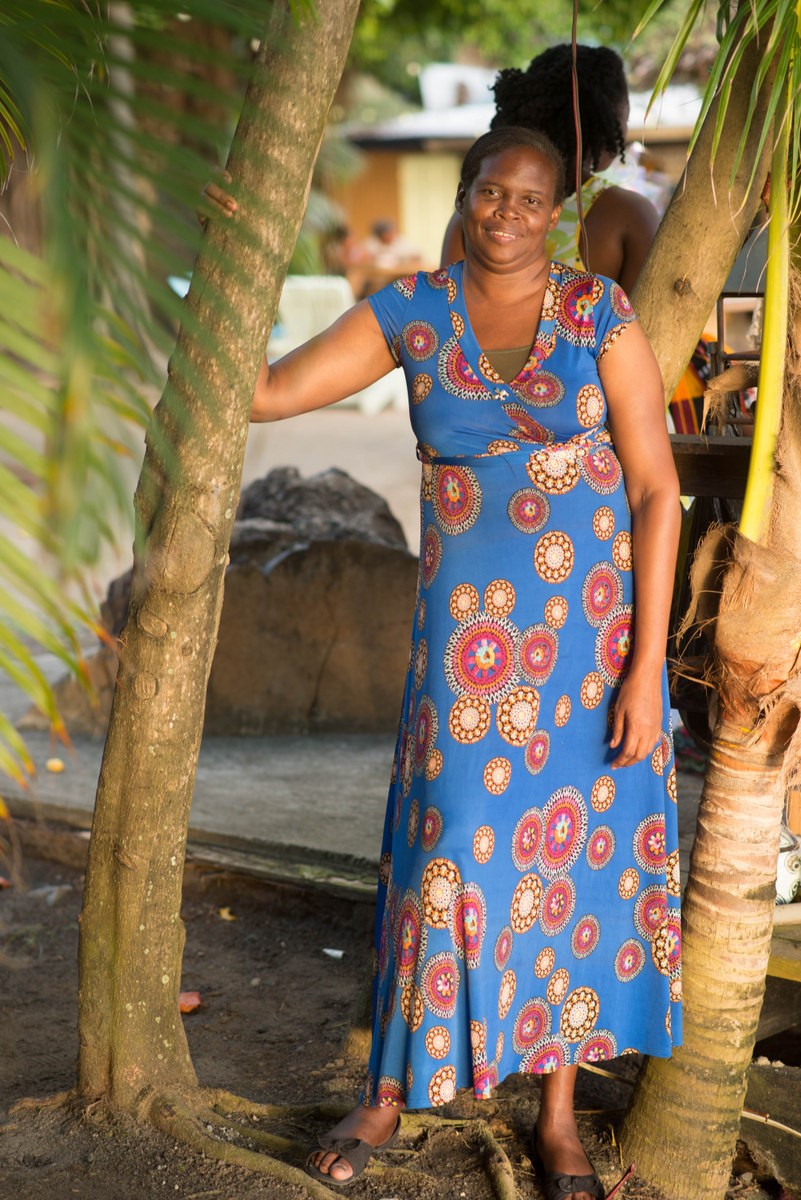
By Karen Sirker
Natural hazards are gender neutral; however, they do not affect all members of society equally. For instance, women are more vulnerable to the adverse economic effects of natural hazards, due to their predominance in tourism and hospitality industries, which are often devasted by disaster events. Natural hazards are associated with higher levels of sexual and gender-based violence (GBV). Physiological differences could also constrain women’s access to safe havens, particularly for those who are pregnant and lactating.
However, the gender-differentiated impacts of natural hazards are largely a result of social and institutional factors that create gender inequality in access to resources and information. Therefore, understanding the underlying causes of these gender impacts can be the difference between life and death for many women and their households. Moreover, considering a gender perspective in disaster risk management can help countries make smart investments in the areas that matter the most for their citizens.
In the Caribbean, the second most disaster-prone region in the world, integrating gender equality in disaster preparedness and recovery on a national level has progressed greatly, particularly in the past five years. Yet, there are still considerable variations between countries. This called for a country-specific analysis to understand the context, and to be able to develop gender-informed climate resilience solutions and disaster recovery activities.
In this context, a recent report based on a literature review, Gender-Responsive Disaster Preparedness and Recovery in the Caribbean, was conducted by the Canada-Caribbean Resilience Facility (CRF) in nine countries ─ Antigua and Barbuda, Belize, Dominica, Grenada, Guyana, Jamaica, Saint Lucia, Saint Vincent and the Grenadines, and Suriname.
Some of the key findings include:
- Women and youth are very active in disaster response and recovery; however they are often not consulted, nor are their experiences captured in policy design and implementation. For example, Red Thread, a grassroots women’s advocacy organization, noted that women who braved waist-deep and even chest-deep contaminated flood waters to care and provide safety for their families and neighbors during the 2005-06 flooding in Guyana were not consulted by government officials on how the flood affected their lives. Instead, the government consulted only men working in the productive and paid sectors of the economy about the flood’s impact. Evaluations of early warning systems in 2018 in Dominica, Saint Lucia, and Saint Vincent and the Grenadines, conducted by each country’s disaster management agencies, reflected similar results, identifying multiple gaps in addressing diverse needs and other inefficiencies due to lack of women’s participation.
- After a disaster, there is often an increased risk of GBV. Violence is particularly common in shelters and camps due to lack of protection for women and girls. For instance, after the 2010 earthquake in Haiti, the cases of sexual assault reached a high of 10,813 within six weeks after the disaster. Even amongst family members, women are not safe due to increased threat of domestic violence after a disaster. Recognizing these issues, the Government of Antigua and Barbuda (GoAB) implemented training programs for health care and security personnel and shelter managers focusing on increased risks of GBV and its prevention in disaster settings. Dominica and Guyana are working to address the root causes of GBV, which may be able to help reduce the prevalence of GBV both after disasters and in general.
- The report also discusses some of the countries’ frameworks for gender integration. Six of the nine CRF beneficiary Caribbean countries have adopted national gender policies: Belize, Dominica, Grenada, Guyana, Jamaica, and Suriname. The integration and mainstreaming of gender in national disaster and climate change laws and policies varies in depth and scope across all the CRF countries. Dominica, Jamaica, and Suriname have relatively stronger gender integration frameworks compared to the other CRF countries, yet there are major gaps in impact assessment, participatory policy making and gender-inclusive implementation.
As climate change accelerates, Caribbean countries are being impacted by increasingly more frequent and intense storms with less time for recovery. Dominica, for example, was still rebuilding from the impact of Tropical Storm Erika in 2015, when in 2017, it was completely devastated by Hurricane Maria, affecting the entire population of the island.
Given this reality, Caribbean countries will need to urgently address gender gaps in disaster risk management to minimize disaster impacts and enhance recovery efforts. The main steps include:
- Ensuring the availability and use of sex and age disaggregated data.
- Increasing limited capacity and financial resources for gender analysis and budgeting.
- Enforcing laws to prevent GBV before, during, and after a disaster.
- Undertaking research and the use of an intersectionality lens to include key vulnerable groups such as persons with disabilities, the elderly, ethnic minorities and indigenous peoples, and LGBTQ+ people.
Taking these into account, Jamaica’s Negril Climate Risk Atlas Project in 2015 outlined in the report is one success story, in which 77% of the participants in community hazard mapping were women who helped identify high-risk areas and critical facilities and infrastructure that might be affected in a disaster event.
These gender-sensitive and intersectional approaches to disaster preparedness and recovery will pave the way for all voices to be heard and their needs counted in the face of disasters, and could also help Caribbean countries tackle common issues such as poverty among households headed by women, and gender stereotypes and biases.